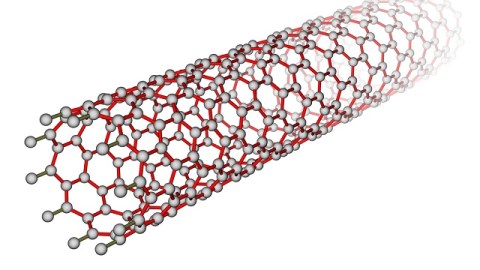New Study Offers More Evidence Of Nanotechnology Risks

What’s the Latest Development?
Researchers from universities across the country, participating in a study for the National Institute of Environmental Health Sciences (NIEHS), have found that two types of nanomaterials — made from titanium dioxide and carbon respectively — caused inflammation and fibrosis in the lungs when inhaled by mice in the laboratory. The details of their findings recently appeared online in Environmental Health Perspectives.
What’s the Big Idea?
Other studies have warned of the danger of ultra-fine engineered particles to internal systems, but the NIEHS study is the most comprehensive yet, as it replicates and compares results from multiple labs. The point, says study senior author Kent Pinkerton, is to offer guidance towards creating policies around the safe use of nanotechnology. Currently nanoparticles are appearing in a wide range of products and applications worldwide, and although this study focused on inhalation, researchers have expressed concerns about ingestion as well as skin and eye contact. Pinkerton stresses: “Although small amounts of these materials in the lungs do not appear to produce injury, we still must remain vigilant in using care in the diverse applications of these materials in consumer products and foods.”
Photo Credit: Shutterstock.com





